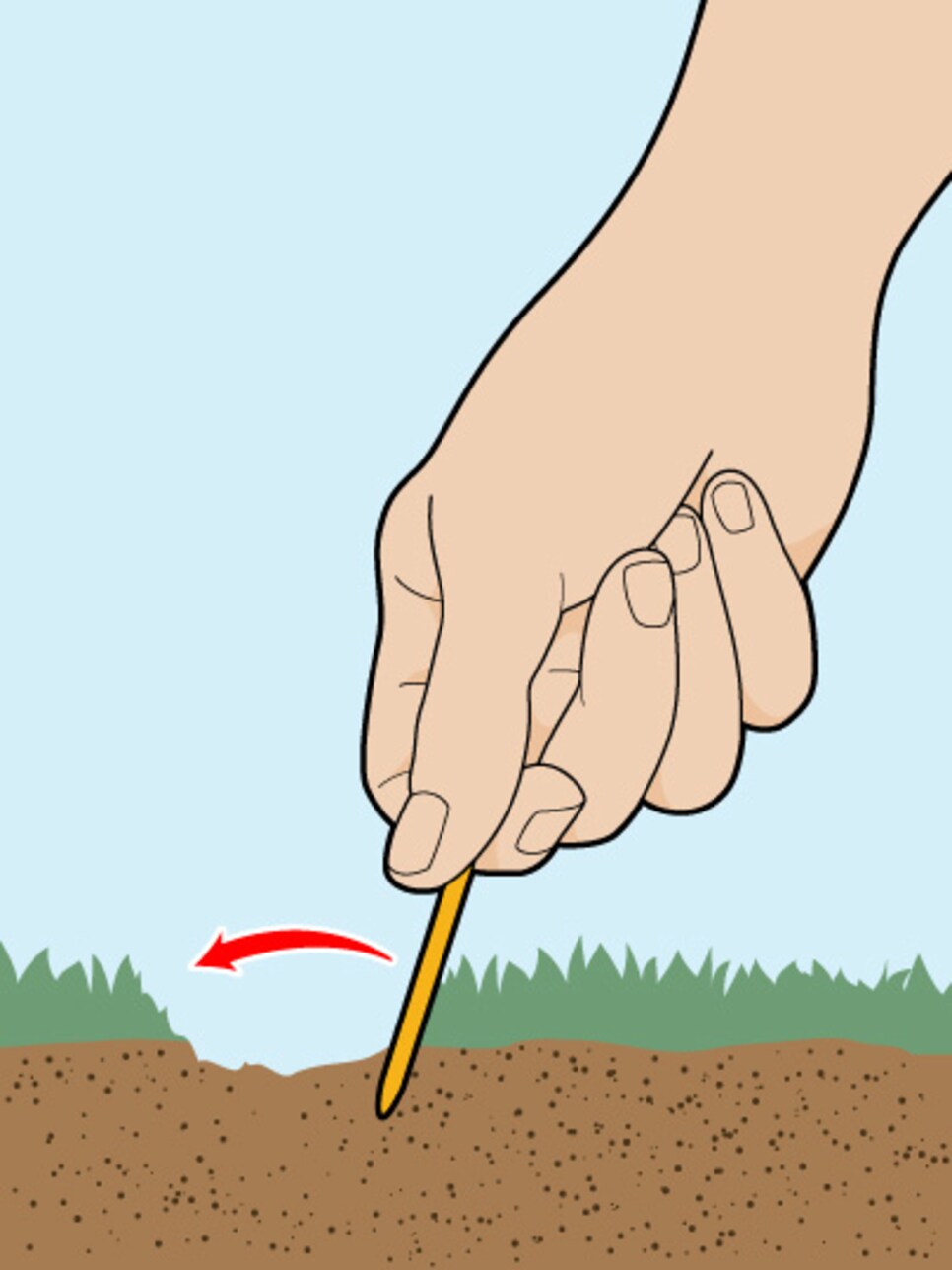Along with replacing divots and raking bunkers, repairing pitch marks is a staple in golf-course etiquette, not only to provide players behind you with a smooth putting surface – but also to help maintain healthy greens. But what about when the greens are cored/aerated/punched with hundreds of tiny sand-filled holes? Do you still need to repair the pitch marks, or will they naturally heal like the aeration holes?
As many golfers anxiously await the start of the golf season, when greens will be littered with aeration holes, we caught up with Steve Aspinall, superintendent at Watchung Valley Golf Club in New Jersey, to help answer the question. Aspinall explains why the vital practice is no different when the greens are aerated:
RELATED: Cored greens, explained
“You absolutely repair them on aerated greens as well. When we aerate, what we do is we fill that hole back with sand, so if you’re putting a ball (pitch) mark on the green and not repairing it, it’s not like I’m putting more sand out to fill your ball mark in. The sand is already there. I don’t want to add more sand to fix your ball mark as well as my aeration holes.
“Your ball mark on an aerated green is not going to be any different than a ball mark on a regular green,” he continues. “Maybe I’m increasing my fertiliser usage during that time, so the recovery might be a little quicker, but you’re still creating the same damage.”
Since aerated greens have typically already been sanded, an unrepaired pitch mark will not get the treatment that it needs to heal on its own, as the aeration holes did. Aspinall adds that the practice is “equally as important” on cored greens as it is on healthy greens. In both cases, repairing pitch marks primarily serves two purposes.
“The main thing you’re doing is making the playing surface flat for the players behind you, for one,” Aspinall says. “When you don’t fix them, and more specifically, don’t fix them immediately, the turf really stands no chance at repairing itself.”
The turf health issue arises, Aspinall says, when golfers don’t repair their pitch marks and mowers go over those spots. Mowing over the untreated marks kills the grass, creating those coin-sized dead spots you often see on neglected greens. “Now it’s dead, and you’re essentially just waiting for the grass to creep in and repair it on its own,” he says.
Earlier in his career when he was working at nearby Ridgewood Country Club, Aspinall recalls a group of 30 from the grounds crew going out on each green and treating every pitch mark. To fully restore the grass, they had to cut an aeration core out of the centre of each pitch mark to allow the turf to come in on the sides and properly heal. The process was as costly as it was time-consuming – he estimates it cost $6,000.

The extensive damage that can occur underscores the importance of repairing our pitch marks. As for the much-debated topic of how to properly do so, we’ll again defer to the superintendent.
“What you’re trying to do is put the turf back to its original state,” Aspinall says. “If your ball is coming in from the tee, you want to start pushing the turf back in from the back of the green. Try to push the turf back in, and try to avoid a twisting motion either clockwise or counter-clockwise. That’s tearing the turf. You want to push the turf back in without ripping it, trying to keep the plant together.”




